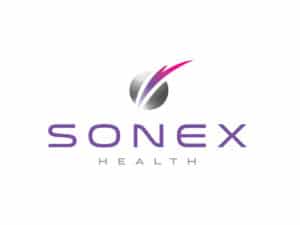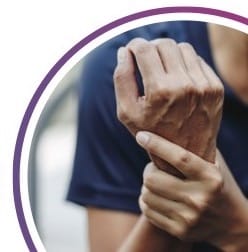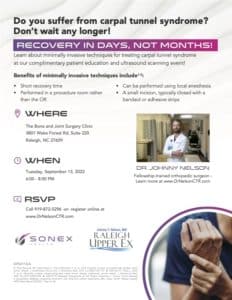When Can I Return to Work After Carpal Tunnel Release?
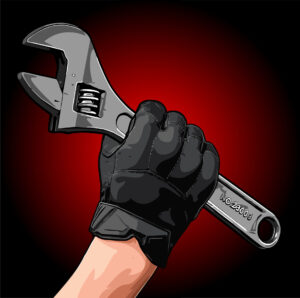 When can I return to work after carpal tunnel release?
When can I return to work after carpal tunnel release?
This is the most common question patients ask while discussing carpal tunnel release surgery with their doctor. It is a very important question. Our ability to work is one reason to consider carpal tunnel release, since carpal tunnel syndrome can severely affect your ability to use your hands and work well. Our ability to work is how we pay rent, feet our families, and one way to find fulfillment in life.
But many patients avoid having carpal tunnel release!
This is understandable and not very surprising. After talking to friends, family, and co-workers who have had older forms of carpal tunnel release, many are afraid of how much time they will need to take off of work. They also worry about the pain of the healing process and the physical therapy that will be needed. But this fear is often caused by a misunderstanding of how quick, comfortable, and targeted modern carpal tunnel release techniques are!
Raleigh North Carolina Carpal Tunnel Specialist Dr. Johnny T. Nelson offers carpal tunnel release under ultrasound guidance.
This requires only a small pea-sized “poke” over the wrist (not the palm), no IV or anesthesia is required, no painful tourniquet is required. Also, both sides often are performed on the same day if you have carpal tunnel syndrome in both hands. See here for a video where Dr. Nelson explains the healing after this procedure. Unlike other traditional methods of releasing the carpal tunnel, this technique does not require a long open incision in the palm or across the wrist. The “old” technique does work to relieve carpal tunnel symptoms, but there are “innocent bystanders” caught in the action. Skin and tissue is unnecessarily cut through and makes performing release on both sides too painful. With the ”old” technique patients often need therapy or weeks or months off of work.
Okay, that sounds good, but with the new technique, how much time off do I need?
First of all, the amount of time you need off of work really depends on what you do for work. Dr. Johnny T. Nelson does not usually restrict your activities after carpal tunnel release. This is because most activities, even heavier activities will not “ruin” the work that was done. It is however good to wait 3-5 days before doing very heavy gripping such as yard work, heavy tools, and lifting weights. This allows the hands to “cool down,” after the procedure.
It is also important to understand that every patient is a little bit different and heals differently. There is no “one size fits all” healing after carpal tunnel release. Some patients are comfortable enough to perform heavy gripping, pushing, and pulling 3 days after carpal tunnel release, while some patients those activities may take several weeks to return. Many plumbers, electricians, and mechanics have their carpal tunnel release on a Thursday, and are back to work the following Monday! In a few patients, return to full grip and pinch strength may take 1-2 months.
all” healing after carpal tunnel release. Some patients are comfortable enough to perform heavy gripping, pushing, and pulling 3 days after carpal tunnel release, while some patients those activities may take several weeks to return. Many plumbers, electricians, and mechanics have their carpal tunnel release on a Thursday, and are back to work the following Monday! In a few patients, return to full grip and pinch strength may take 1-2 months.
If you work at a desk during the day, and perform other light activities such as answering phones and handling papers and light paperwork, you can return to work immediately, even the day after the procedure.
If you perform repetitive activities, such as assembly line, cutting fabric, factory work, or hairdressing, you may need to take more time off of work, such as 2 to 4 weeks. Again, this is not because your job will interfere with your healing or ruin the surgery, but because you may be uncomfortable performing repetitive activities all day long. Most patients with these types of jobs are able to return with restrictions right away, or “play things by ear” and returned to work when they feel good enough.
There are special jobs where patients need more time due to the nature of their work. For example, police officers do and perform certain activities that need to be 100% expertly performed before they can return to work. The same applies to lifeguards.
Do you have carpal tunnel syndrome? Are you worried about how long you will need to stay out of work? Call 919-872-5296 today to schedule a visit with Raleigh North Carolina Carpal Tunnel Specialist Dr. Johnny T. Nelson, MD. He will discuss your condition and situation in detail and together you will form a plan on how to treat your carpal tunnel symptoms with minimal interruption to your life and work.
When Can I Return to Work After Carpal Tunnel Release? Read More »

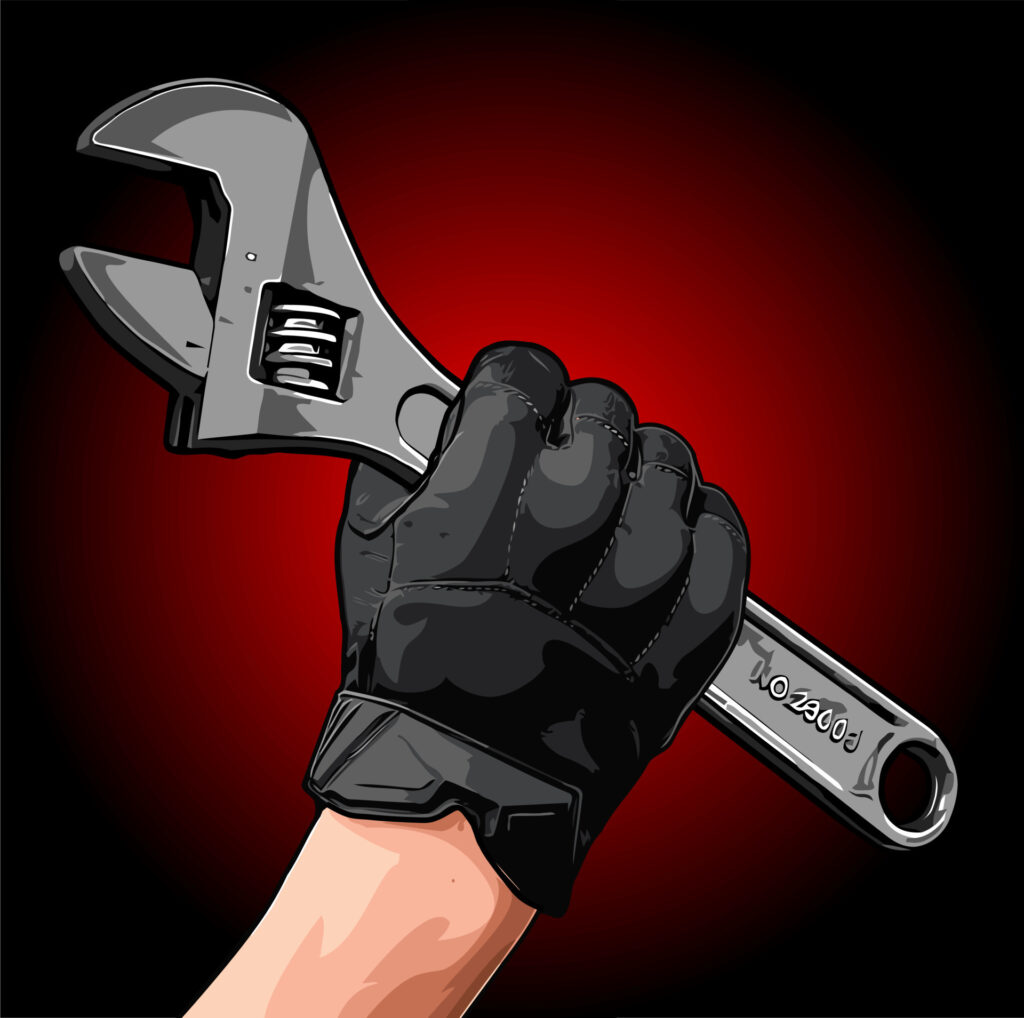
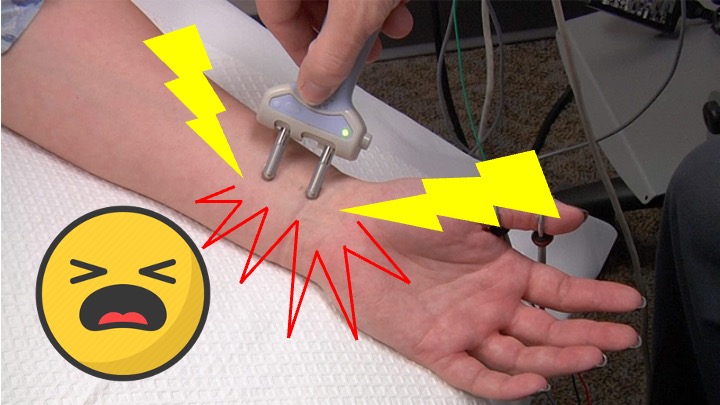
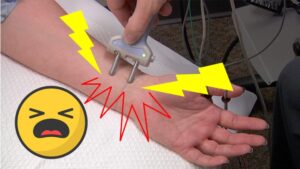
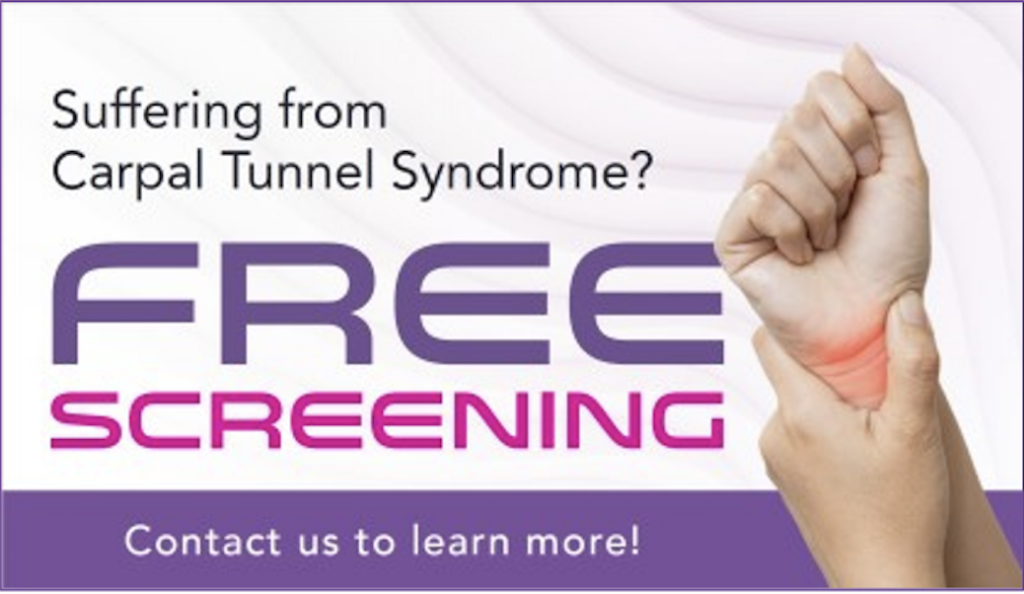
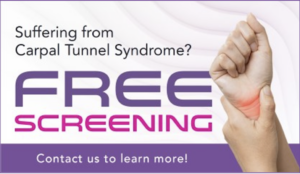 North Carolina Carpal Tunnel Specialist
North Carolina Carpal Tunnel Specialist 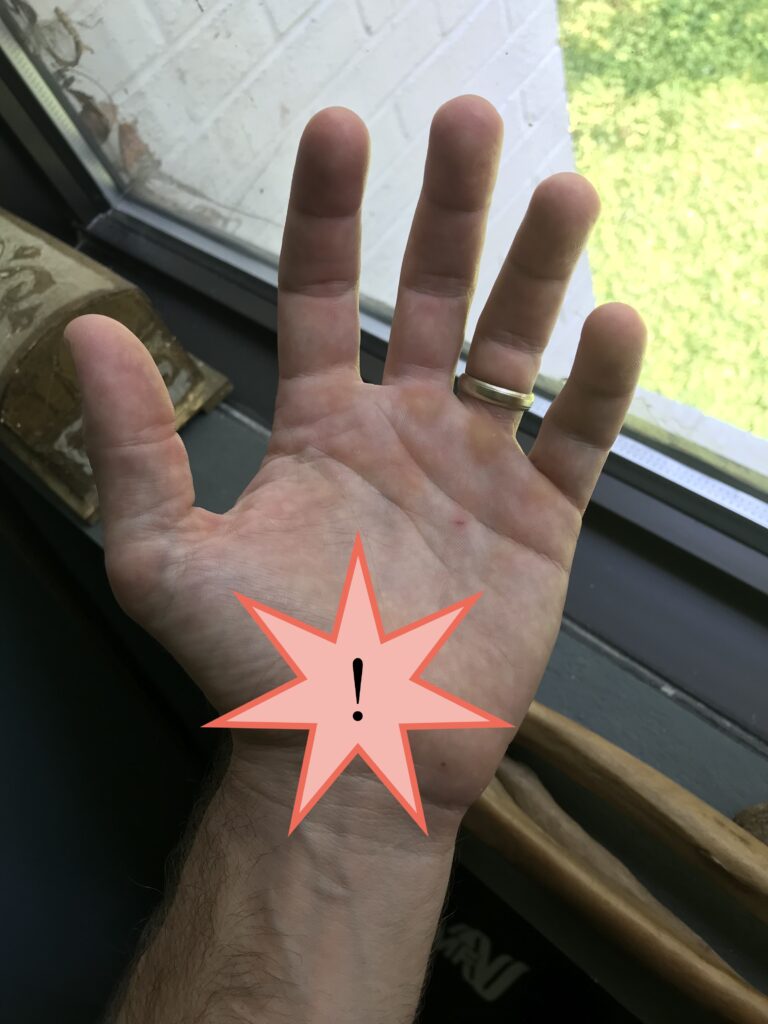
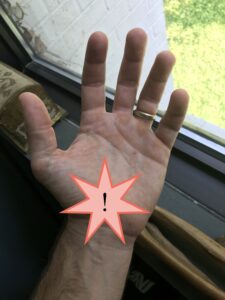 Carpal tunnel release surgery, especially
Carpal tunnel release surgery, especially 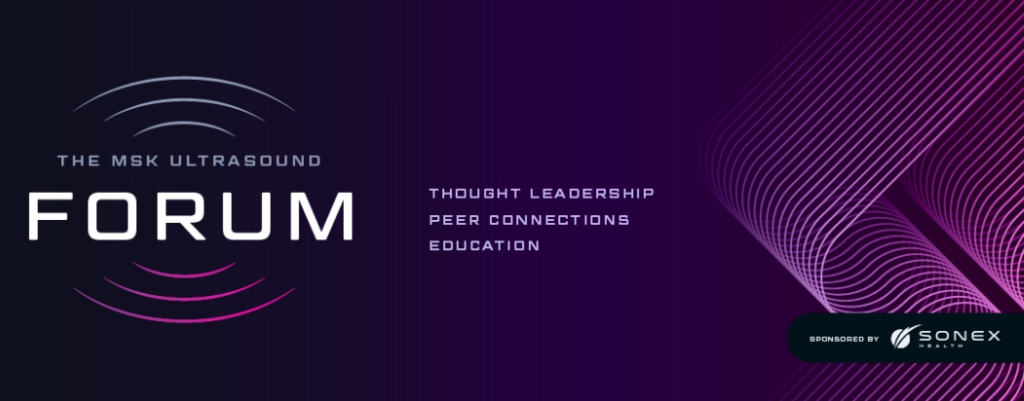
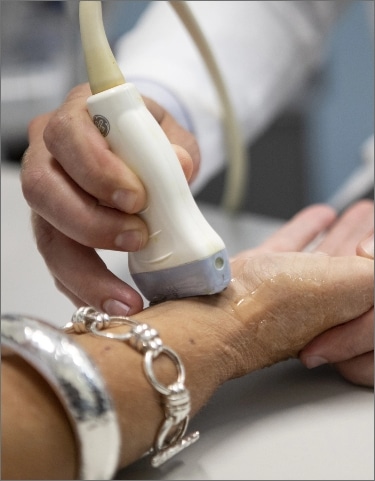
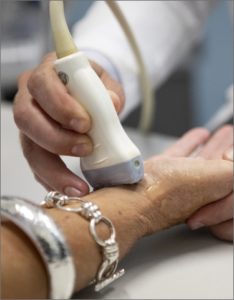 What do I do if I have carpal tunnel on both sides?
What do I do if I have carpal tunnel on both sides?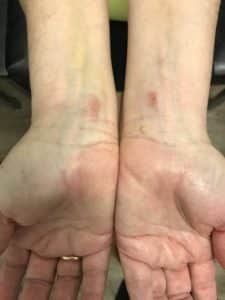 incision (about the size of a pea!) further back on the wrist, and no incision on the palm, the same release and relief of your symptoms can be performed while minimizing the period of healing pain after the surgery.
incision (about the size of a pea!) further back on the wrist, and no incision on the palm, the same release and relief of your symptoms can be performed while minimizing the period of healing pain after the surgery.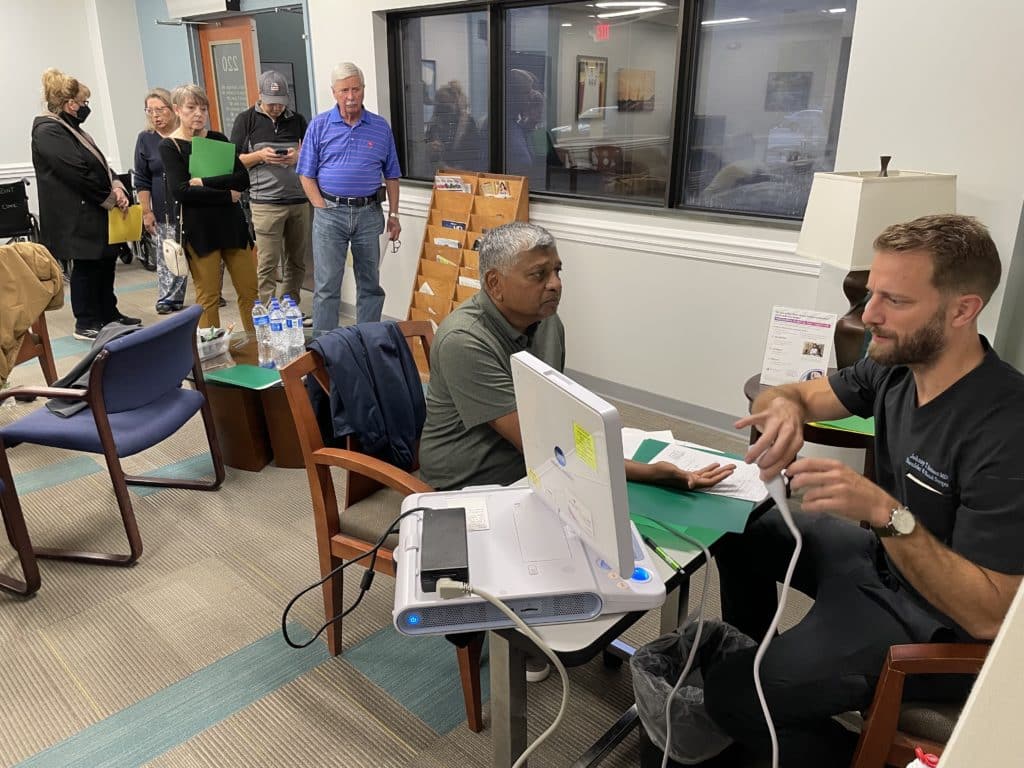
 Join Dr. Nelson for a free, no obligation scanning open house on January 10th from 6-8PM at the
Join Dr. Nelson for a free, no obligation scanning open house on January 10th from 6-8PM at the 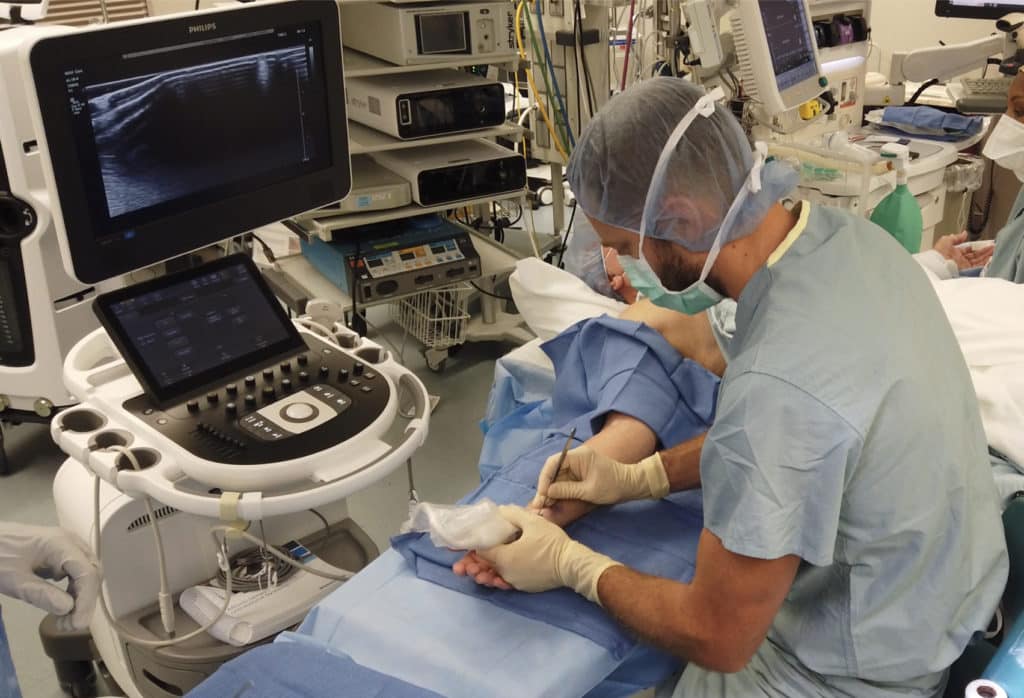
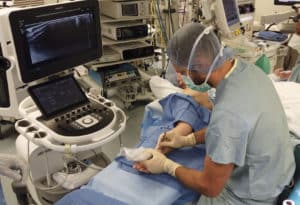 Ultrasound guided carpal tunnel release helps to address these concerns.
Ultrasound guided carpal tunnel release helps to address these concerns.